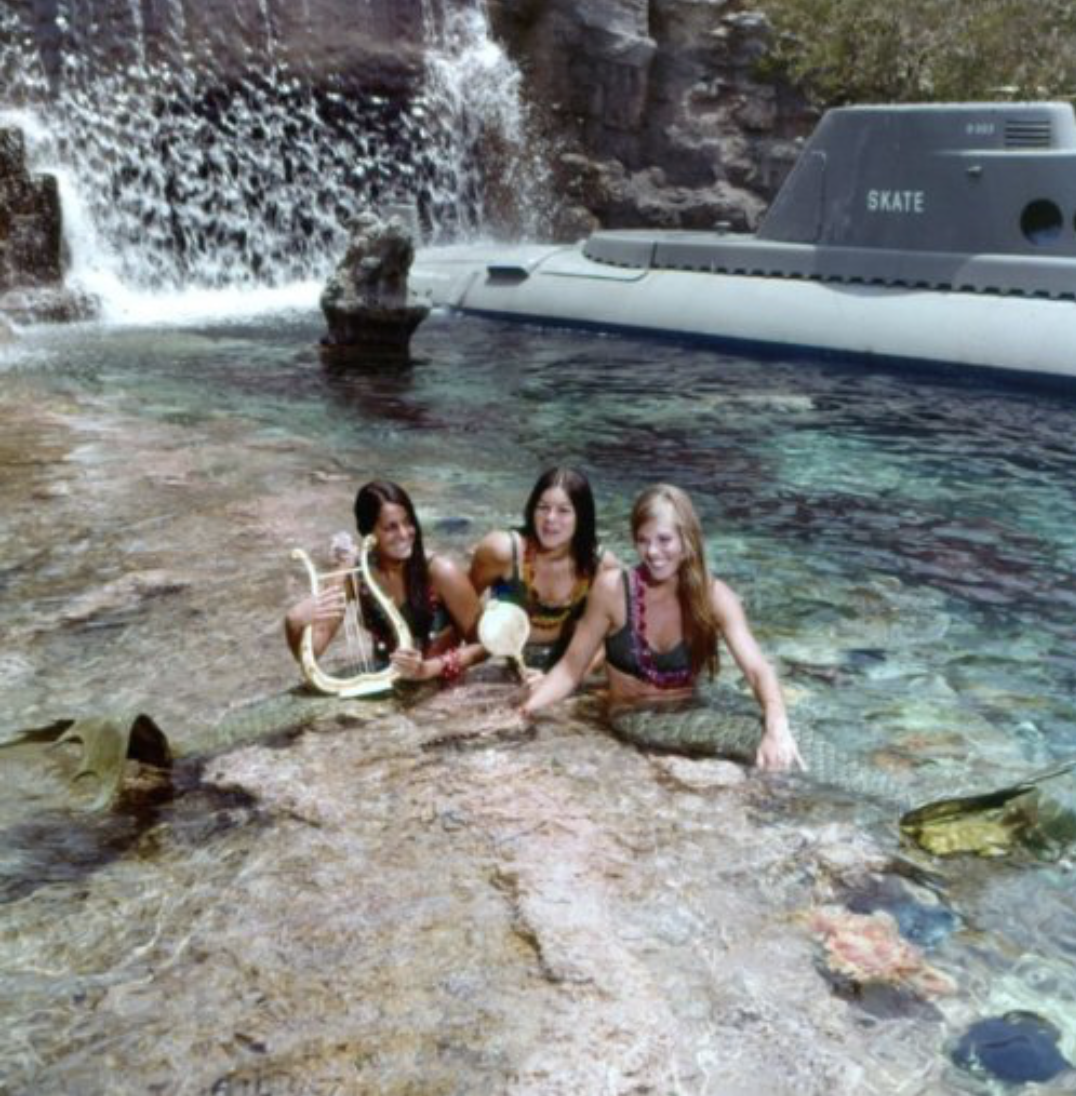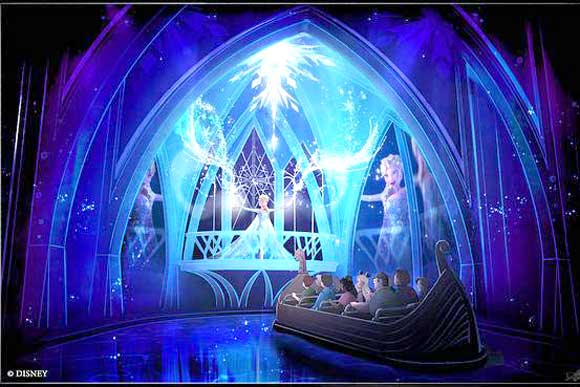Here’s a thing I’ve been thinking about. Most forms of story are inherently past-tense when you start looking at them with an experiential lens. When we talk about movies, the written word, and even most live performances – they’re past tense…even if they’re written or staged as if they’re in the present tense. If I read a book written in the present tense…like obviously those words aren’t appearing in front of me in the actual present. Presumably the book is a log of some kind that might have been written contemporaneously, but it still exists in the past. The present tense narration is merely a storytelling tool to make it feel more engaging. Same with future tense, though who the hell tells stories in the future tense.
But experiences INHERENTLY happen in the present. They cannot happen in the past, and they can’t happen in the future. They happen NOW. What exists in the future or the past is the STORY about that experience. I have an experience and then when I remember it my brain recreates it my head based on a STORY that it has constructed in the immediate aftermath.
What this means is that when you’re storytelling for experiences, what you’re really doing is creating proto-stories. You can’t tell a story in the present, because the act of “telling” it puts it in the past. It put distance between the events and the participant. So if you’re trying to create an immersive story what you really have to does supply the building blocks of the story, the raw experience, and supply them in such a way that the story you want to tell will be created in the audience’s mind later.
That’s what experiences are like in real life. You get dropped into a situation, maybe with some prior knowledge, and have to piece together a narrative after the fact. In the present the narrative isn’t necessarily clear. That’s what makes you feel immersed and in the moment. Otherwise any attempt to make an experience is going to feel like “hey remember this other thing?” Or “hey look at these pieces of art”
What this means in practice is difficult to pinpoint, it’s not just as simple as “don’t explain things” or “there is no story”. Even people who are really good at doing it can have trouble doing it on a consistent basis. It’s not how the human brain works. The human brain makes stories and narrative out of everything it sees. The human brain doesn’t remember reality. It remembers the story about the reality. The task of the experience designer is to remember a story of some experience that happened to them, and then work backwards and ACTUALLY remember the pieces of reality that built that experience, so the story can be literally recreated for someone else, not just told to them. And of course it’s extra difficult because you’re not remembering at all, you’re trying to create something new. In some respects this is what “attention to detail” means in an experiential context.
When Marc Davis said his quote about theme park designers not telling stories, but creating arcs of experience, he was sorta right. The reason he didn’t think they were telling stories is because at that time the designers didn’t necessarily pursue storytelling with the kind of intentionality that a lot of us want to pursue today. Or they just told very, very archetypal stories. But they were doing it intuitively. (Which tbh is somewhat of a blessing, because approaching it with a specific outcome in mind makes the task a hell of a lot harder). And honestly the best attractions are clearly the ones where the designers were able to just tap into intuition and just flow. But I think it’s still useful to know what’s actually happening, so you internalize it. Like jazz music.
TL;DR I think the takeaway is that in order for something to feel immersive it needs to feel like “This is happening NOW.” This is why rides that are environmental, with good transitions and a sense of actual space feel more immersive because the experience is plausibly happening in real time NOW. As opposed to being set pieces that we’re gliding past. And rides that are more vignette-like and still good tend to be non-fiction or feature a lot of narration to tie it together (but not narration that just tells you what you’re looking at, narration that comments on the action instead). This is why experiences that don’t require you to pretend to be someone else feel more immersive, because there’s a sense of this is happening NOW vs this is an experience I’m entering. How much distance is there between me the guest and the actual physical elements of the story? Is this happening NOW and is this happening TO ME.
This is why creating elaborate backstories of a place can be a useful design tool. But only as a design tool. There are other ways to do it, particularly if you’re working on a small team, but if you’re working on a big team and want to create the building blocks of experience that will add up to the story you want, you can create elaborate detailed backstories for every building and their inhabitants, stories that all relate to your big theme, and then the design of those buildings will reflect those stories, and then in theory those details will get reconstructed back in the audiences mind in roughly the way you intend. But the minute you start actually saying to the audience “here’s the baker’s house and the candlestick maker’s house” you actually end up shooting yourself in the foot, lodging your experience in the past and not the now. This is only one way to approach the problem, set dressers on films will essentially do the same process but its much more intuitive, quick, and less formalized. The main reason to formalize it though is in experience design teams can often large and hastily added details are a lot rarer – most need to be predesigned and built out of solid steel.
I think this post is at the risk of soon rambling off and contradicting itself if it goes on too much longer, so I’ll stop here. It’s still a little hard to articulate. What I’m trying to get at is that story creation for experiences is indeed different than like writing a movie or novel. It’s a rawer form with less connecting tissue. And the impulse to provide too much connecting tissue can really do it a disservice.
Note: I’m pretty sure Joe Rohde has said something partially to this effect, especially re creating the building blocks of story and not actually story, but twitter and Instagram are the opposite of conducive to searching for this.


